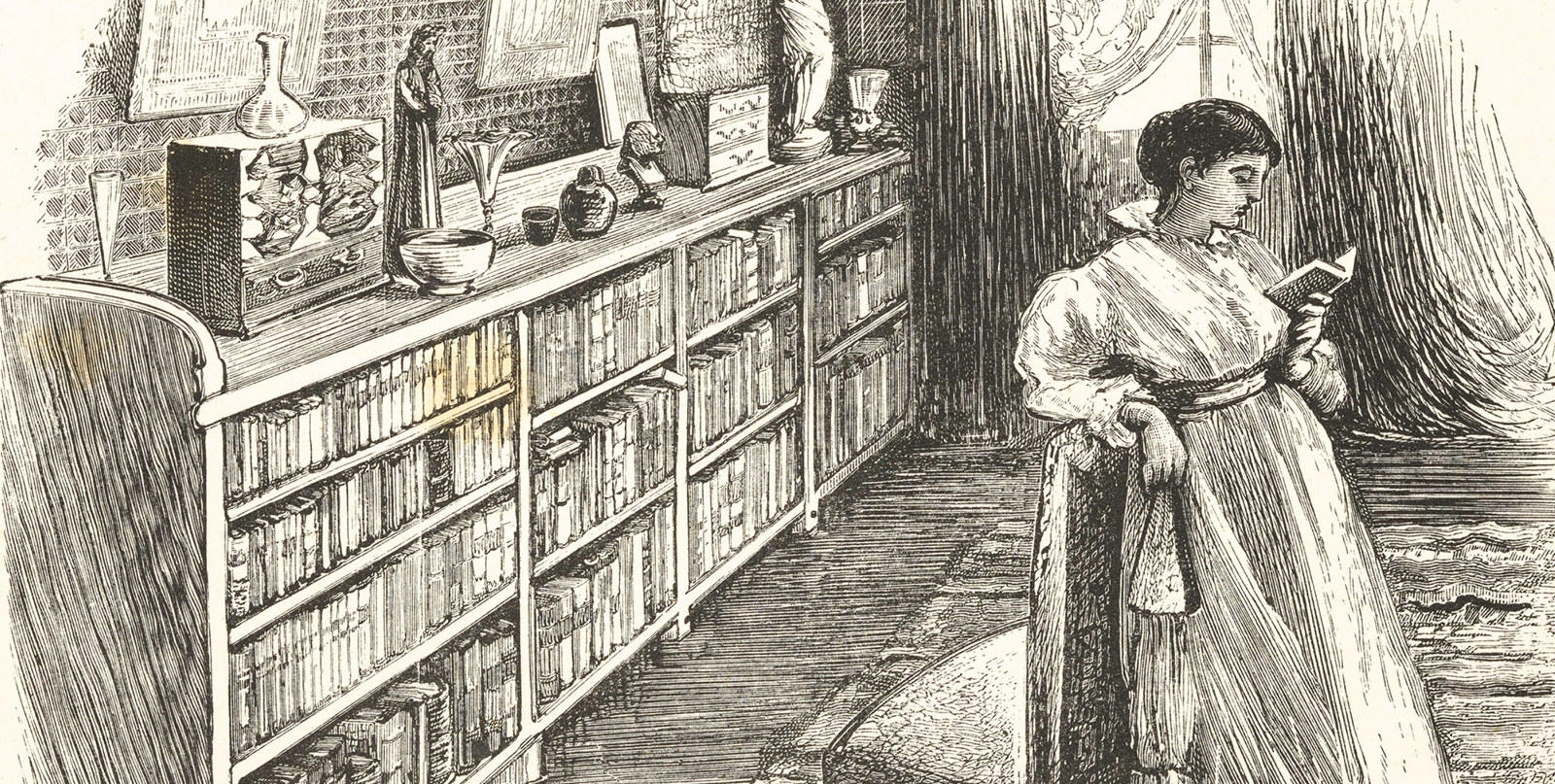Cool Colours
In Spring 2015, Museums of History NSW was asked if it could assist in the recreation of a 1950s colour palette for Hillary’s Hut, located at the Scott Base, Antarctica.
The Caroline Simpson Library & Research Collection (CSL&RC) holds a large collection of Australian historical paint colour charts and was approached for advice by heritage consultants working for New Zealand’s Antarctic Heritage Trust (AHT). While it was known that a rainbow of 1950s colours lay beneath the hut’s modern and rather dull green paint finish, the challenge was to establish what these colours actually looked like.
Honouring the hut’s original purpose, and keeping the spirit of place was of great importance to the Antarctic Heritage Trust when it commenced major conservation work on this iconic building over the Antarctic summer of 2016-17. The Trust’s team of 12 worked more than 5700 hours to restore Hillary’s Hut in time for the Scott Base 60th anniversary celebrations in January 2017.
Sixty years prior, Hillary’s Hut had been the first building erected at Scott Base as part of New Zealand’s involvement with the Commonwealth Trans-Antarctic Expedition and the International Geophysical Year. Well-known explorer Sir Edmund Hillary wintered over in the hut along with his team in 1957.
The original design of the Hillary Hut was the result of Australasian team work. The Melbourne-based firm Explastics Insulation Ltd contributed a panel construction system that had been pioneered for Australia’s Mawson Base and was subsequently used at Scott Base.
The exterior panels of the hut were painted in New Zealand prior to transportation to Antarctica and then the interiors painted onsite with Bergermaster paints, probably manufactured in Sydney. The colour names listed on the hut’s Architectural Layout Plan had no accompanying colour samples but many of the names matched those on the paint colour charts held by the CSL&RC. The colours on these charts were confirmed when they were matched against surviving painted samples collected from the hut’s walls.
The Antarctic Heritage Trust worked closely with Dulux to match original paint samples and the CSL&RC‘s colour swatches, before repainting the exterior and interior in the bold shades of the 1950s. In addition to the exterior, the five main spaces inside the hut – mess room, radio room, Sir Ed’s room, the kitchen and cold porch – were all re-painted in a multitude of colours, as specified on the original architectural plans. The building’s architect Frank Ponder noted at the time that the bright colours were “an endeavour to contrast the ice conditions outside”.
The Trust’s team had the honour of naming two custom colours mixed to match the originals:
- Pram Point – after the geographic location of Scott Base
- Sno-cat – after the tracked vehicles used by Vivian Fuchs and the TAE team
Painting in sub-zero conditions is a challenge, with wind chill or storm conditions often rendering outside work impossible. With persistence and cold fingers, the Trust’s team achieved a remarkable transformation, even using brushes rather than rollers to achieve a 1950’s finish “as the men would have done it”.
Today, in amongst the almost exclusively modern, green-painted buildings of Scott Base, the retro colours of Hillary’s Hut immediately draw attention to it as a unique and very special part of the base’s history.
In recognition of this important conservation work, Hillary’s Hut recently won the International category at the 2017 Dulux Colour Awards. The Dulux Colour Awards are Australasia’s premier showcase of inspirational colour application in built environments.
Museums of History NSW is proud to have been able to play a small part in this special project which was entered into this year’s awards to celebrate the Antarctic Heritage Trust’s major conservation of the hut and to honour the legacy of this iconic building and its purpose in supporting science and exploration in Antarctica.
Read more

19th Century Domestic Advice Manuals
The role of the domestic advice manual was to educate and provide guidance and information
![Vue de George’s Street a Sydney [Nouvelle Galles du Sud]](https://images.slm.com.au/fotoweb/embed/2022/12/94f113aa18994a80857dcefdfbbd9f7d.jpg)
A 'musical jolt' in early colonial Sydney
Imagine that moment when you first heard your favourite piece of music - something that excited, moved or surprised you. The early musical soundscape of Sydney was teeming with just such moments
Published on
